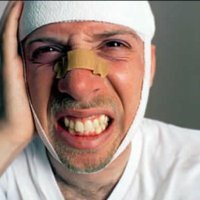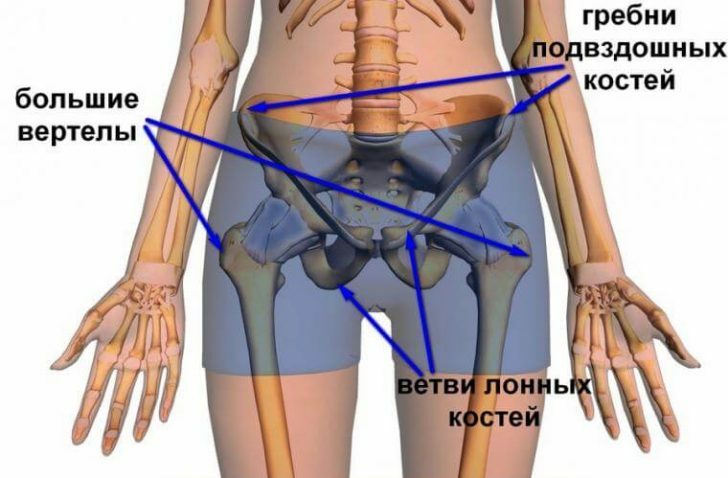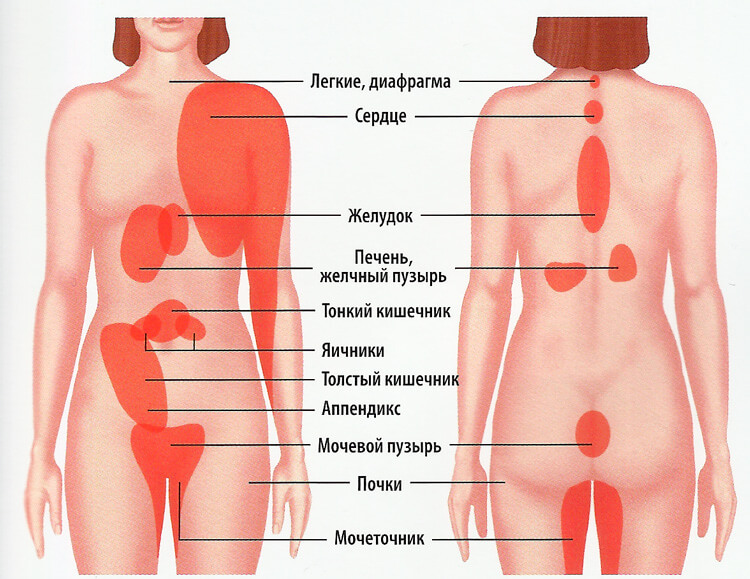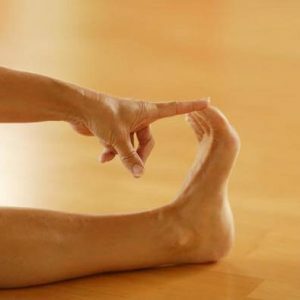Rehabilitation after traumatic brain injury

Any kind of craniocerebral trauma( TBI), this is a very painful condition, which, in addition to physical suffering, brings anxiety to the patient and his family, since the consequences of this trauma do not immediately manifest. Depending on the complexity of the injury, a course of treatment is underway, it can take a week, or it may last for more than a month, but this is only primary care.
After any craniocerebral injury, a good rehabilitation course is necessary. If it is not carried out under existing programs, then self-medication begins, the way out of situations after traumatic depression by oneself, which often leads to complication.
The main goal of rehabilitation is to return a person to a normal, social, family life, to recover at work, because even after treatment the consequences of injury still affect the person. It should be said that the post-traumatic syndrome consists of many residual phenomena, and each of them is essentially a small disease. Existing modern methods and rehabilitation courses allow the patient to recover even after severe injuries, especially if the injury is accompanied by a disability.
The second, not less important moment of rehabilitation, is a proactive diagnosis that avoids all kinds of complications, and there are many of them: multiple neuro-endocrine disorders, hydrocephalus, venous tamboes, etc.
Cosmetic surgery is no less important. Often after injuries and accidents, the face and head of a person are greatly disfigured, this gives incredible emotional experiences, people do not want to live with mutilated faces. Therefore, the course includes operations to restore the facial part, correcting the defects of the skull, it is often necessary to perform an operation to release the facial nerve. If time and correctly to carry out rehabilitation, the person easily parted with the consequences of injury.
Rehabilitation programs include the following important items:
- Restore previous skills or restore new ones;
- Intensive therapy;
- Gentle therapy;
- Outpatient course.
Recovery / acquisition of
skills Unfortunately, after severe head injury, people lose some of their mental and even physical capabilities. In most cases, they can be restored, only constant training is needed. These trainings help to adapt to such manifestations as emotionality, physically adapt to the usual processes.
Rehabilitation is individual, it is considered for each patient the complexity of the injury, its condition, the required or possible recovery level is taken into account. Sometimes it is not necessary to talk about restoring previous abilities, as a rule, in case of serious brain trauma. The main goal is to restore the surviving functions of the brain, this includes a course of therapy, thanks to which the functions of movement and speech are normalized, and new abilities are created in the place of the lost, which will help a person to live normally in society and work, because the former functions can be lostforever.
Intensive therapy
This is the second stage, it follows immediately after the end of the course of the main treatment, it includes various physical and psychological trainings and courses.
The course of physiotherapy is aimed at restoring muscles and joints, this includes coordination, flexibility of the body and endurance in general.
Work ability, this includes actions starting from the simplest ones: dressing, the ability to eat and swallow, gradually turning to household tasks and working functions.
Speech therapy, with complex injuries, people often can not even understand what they say to him, and even more so to speak coherently.
Social therapy is aimed at adapting a person in society. People after TBI are very insecure, they need to be approved and give confidence in their complete self-sufficiency.
Psychotherapy
This is a special course, at this stage a person is helped to survive all of his emotional complexes, inner experiences, often after a trauma, the most powerful complexes are developed.
Gentle therapy
Sometimes, after the course of intensive therapy, the former possibilities were restored only partially, but a further intensive course is not required. Gentle therapy stretches for a long time, individually approaching each problem. As a rule, older people need this course.
Outpatient course
Those patients who have completed primary courses, but still have the moments that need improvement, undergo outpatient therapy. An individual list of problems and possible solutions is drawn up, a person additionally undergoes special courses and exercises, until full recovery.



